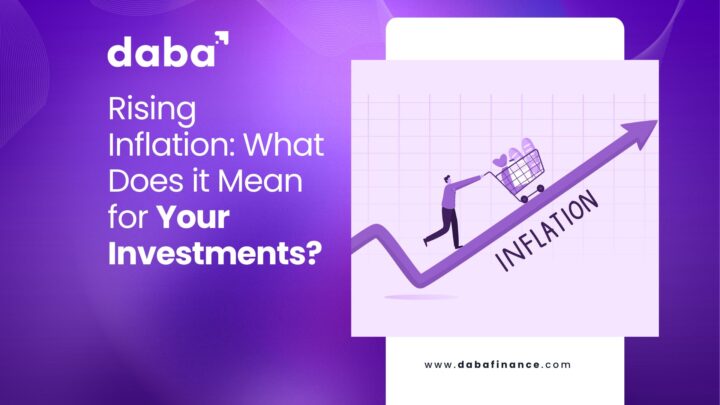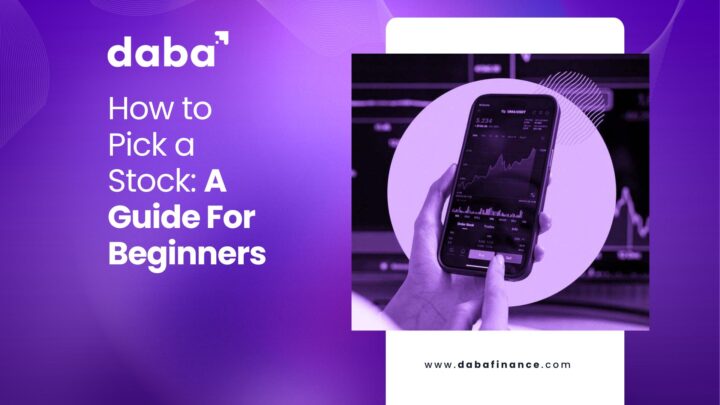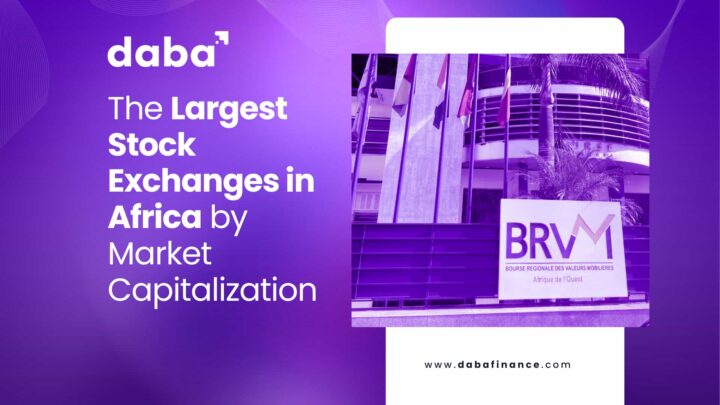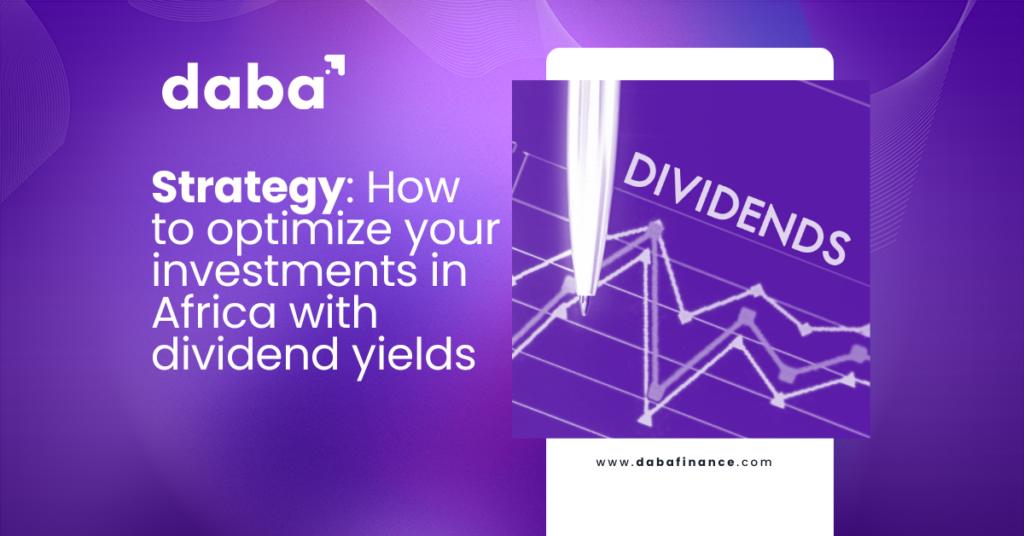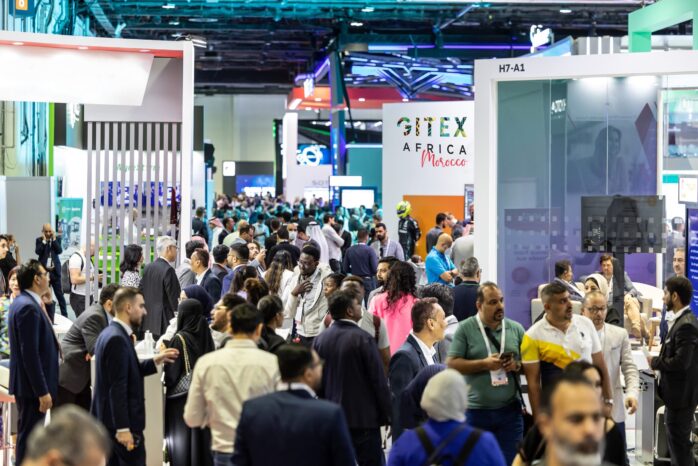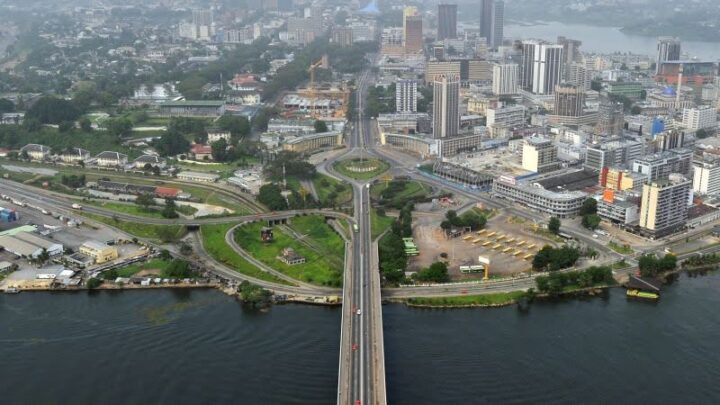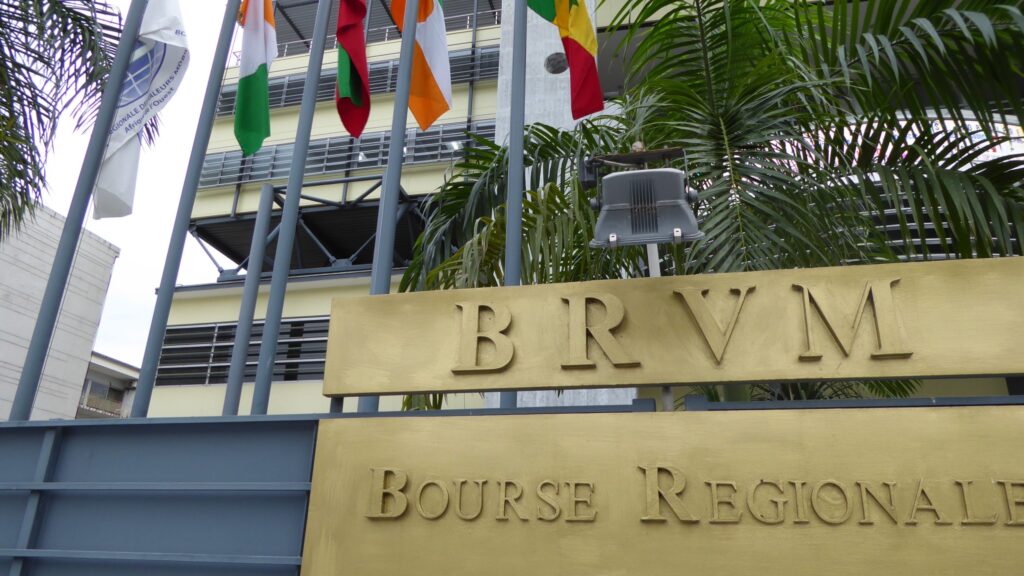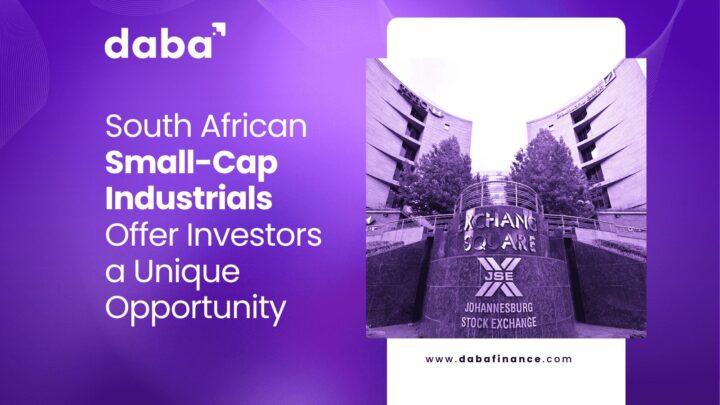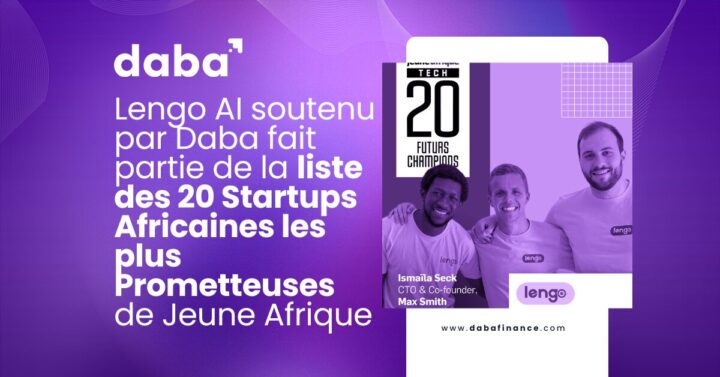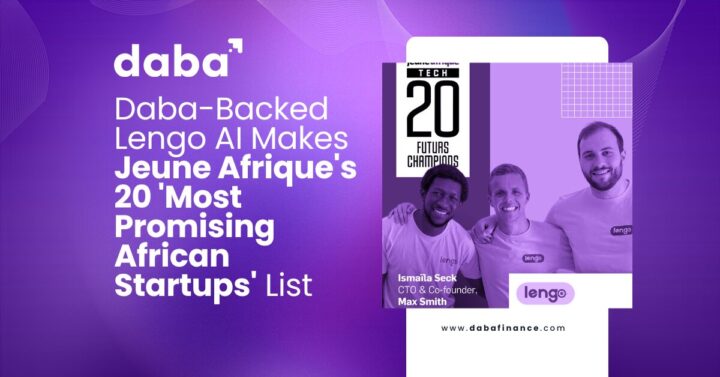Since 2022, inflation has been a persistent issue affecting everyone’s daily expenses.
From groceries to gas, the cost of essentials has been steadily climbing, squeezing wallets and leaving many wondering how to protect their investments.
But fear not, there’s a silver lining!
While inflation can be challenging, it doesn’t have to spell doom and gloom for your stock portfolio. With the right strategy, you can use stocks to weather this inflationary storm and potentially profit from it.
This article delves into how inflation impacts your investments, particularly stocks. We’ll explore inflation’s challenges and unveil strategies to turn it into an advantage.
So, buckle up, and let’s navigate the world of inflation together!
What is Inflation? The Price Tag on Everything
Imagine your favorite dish at the local restaurant. Last year, it cost 3,000 CFA francs. Today, it’s 3,500 CFA. That’s inflation in action.
It’s the general increase in prices of goods and services over time, reducing the purchasing power of your money. A 3,000 CFA note today buys less than it did a year ago.
Why Inflation Matters for Investors
Inflation can be a double-edged sword for investors. Let’s see how:
- Erosion of Investment Value: Fixed-income investments like bonds offer a set interest rate. If inflation rises above that rate, the actual return on your investment diminishes. Imagine a 5% bond with 8% inflation. You’re technically gaining money, but your purchasing power has decreased by 3%.
- Stock Market Swings: Companies on stock exchanges such as the BRVM aren’t immune to inflation. They may raise prices to offset rising costs. If these companies can effectively manage inflation and maintain profitability, their stock prices could rise, potentially outpacing inflation.
Remember: This isn’t guaranteed. A company’s ability to raise prices and maintain profits depends on various factors like competition and consumer demand. In addition, high inflation can also lead to economic uncertainty, potentially impacting stock prices.
Also Read: Should You Save Or Invest Your Money?
Sectors That Can Thrive in Inflation
Not all companies are created equal when it comes to inflation. Here are some BRVM sectors that might perform well during inflationary periods:
- Consumer Staples: People need to eat regardless of inflation. Companies on the BRVM dealing in essential goods like SONATEL (telecoms) or companies in the consumer goods sector tend to see steady demand even with rising prices.
- Financials: Banks like Ecobank or Bici can benefit from rising interest rates, a common tool used to combat inflation. Higher interest rates mean banks can charge more for loans, potentially increasing their profits.
- Materials: The prices of raw materials often rise with inflation. Companies in the extraction or processing of these materials, like Solibra (brewery) on the BRVM, could see their stock prices benefit.
Strategies to Profit From Inflation With Stocks
So, how can you leverage inflation to your advantage on the BRVM? Here are some tips:
- Inflation-Beating Stocks: Look for companies with a history of increasing prices and revenue alongside inflation. These could be consumer staples companies like breweries or producers of everyday necessities. As inflation pushes up the cost of their products, their profits tend to rise as well.
- Invest in Dividend-Paying Stocks: Companies that consistently pay dividends provide a regular stream of income that can help offset inflation’s impact on your purchasing power. Look for companies on the BRVM with a history of reliable dividend payouts.
- Actively Manage Your Portfolio: Inflation is an ongoing process. Regularly monitor your BRVM holdings and adjust your investment strategy as needed. Diversification across sectors that can weather inflation is key.
- Diversify: Don’t put all your eggs in one basket. Spread your investments across different sectors and asset classes to mitigate risk.
With Daba’s investment platform, you can access a wide range of inflation-beating stocks and dividend-paying companies, ensuring your portfolio remains resilient in challenging times. Download our app to get started.
Beyond Stocks: Additional Inflation Hedges
While stocks can be a powerful tool against inflation, a well-diversified portfolio is essential. Consider these additional strategies:
- Commodities: Certain commodities, like gold, often see their prices rise during inflation and can act as a hedge against inflation.
- Treasury Bills: Though not directly inflation-proof, short-term government bonds can offer some protection against rising interest rates in inflationary periods.
- Real Estate Investment Trusts (REITs): REITs can be a good hedge against inflation. REITs own and operate income-producing real estate. During inflation, property values and rents often rise, translating to higher returns for REIT investors.
Also Read: What is investment diversification? – Importance, benefits, and strategies
Stay Informed: Inflation is a Moving Target
Inflation rates fluctuate, and economic forecasts can change. Keeping yourself updated on economic news and inflation projections is crucial for making informed investment decisions.
Daba provides reliable information and expert analysis to help you stay ahead of inflation trends and make smart investment choices. Get started here.
Remember, It’s Not About Beating Inflation, It’s About Keeping Up
The goal in an inflationary environment isn’t necessarily to “beat” inflation but to ensure your investments at least keep pace with it.
By understanding how inflation works and making strategic choices, you can position your portfolio to navigate inflationary periods and potentially grow your wealth over time.
At Daba, we empower investors with the tools and insights needed to make informed decisions and safeguard their wealth in any economic climate. Explore our platform today and start investing with confidence.
